Cork House is a London home that turns challenges into strengths
Cork House, a family home in London’s Forest Gate by architecture practice Polysmiths, makes the most of its site and story

Cork House is a new family home, built in an east London brownfield site. So far, so normal, for a London infill story. What’s less usual about it is that it was built during the pandemic, and its creator, architecture practice Polysmiths, worked had to design a home that not only becomes fit for purpose for its residents – Polysmiths founder Charles Wu and his partner – but also makes the most of its site and circumstances, turning the challenges of its plot and timing into golden architectural opportunities.
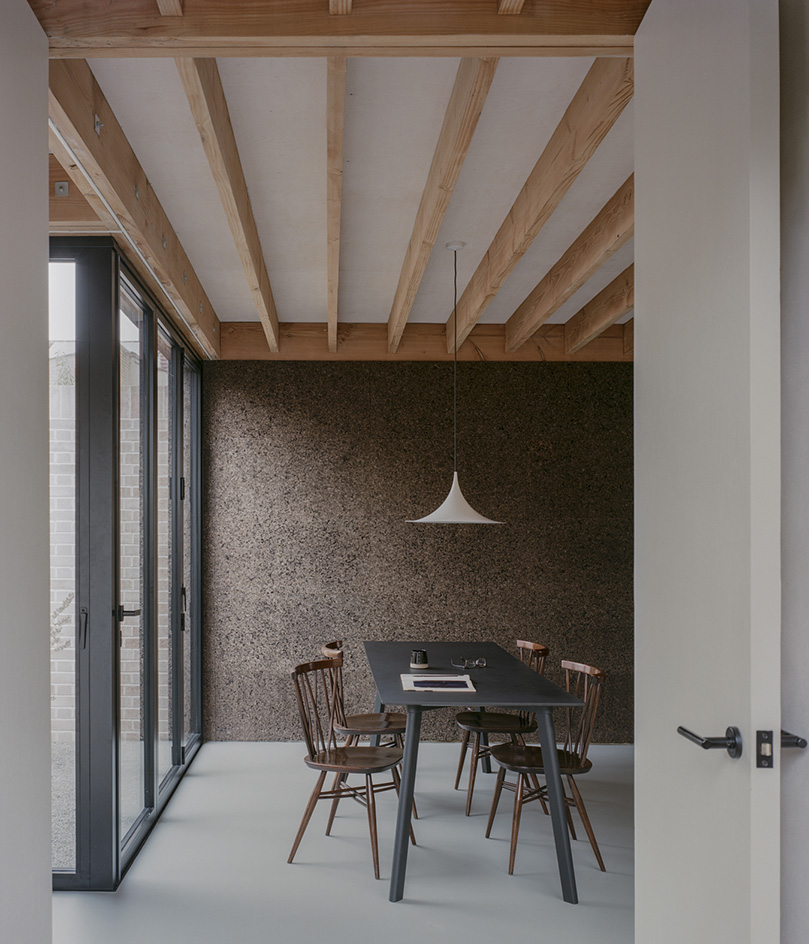
Cork House is a showcase of creative solutions
The home, a new-build structure in Forest Gate, is situated on a rectangular brownfield plot hidden from the main street, surrounded by typical east London terrace house rear gardens. Wu, an architect and ceramicist with experience at studios such as Heatherwick Studio, AHMM, Studio Egret West, began the project in the midst of lockdowns and knew from the start that he was going to have to face challenges. Finding creative solutions for them became a key driver for pushing the boundaries of design in this scheme.

Supply chain issues were one of the first problems the team encountered. The solution? ‘We picked less commonly used building materials to bypass the supply-chain issues during lockdown. And they are beautiful too,’ says Wu. He focused on using cork, locally sourced timber and lime plaster to create a ‘cocoon of earthy natural palette’, as he described it. As a result, the home is open, bright and feels organic and comfortably layered.
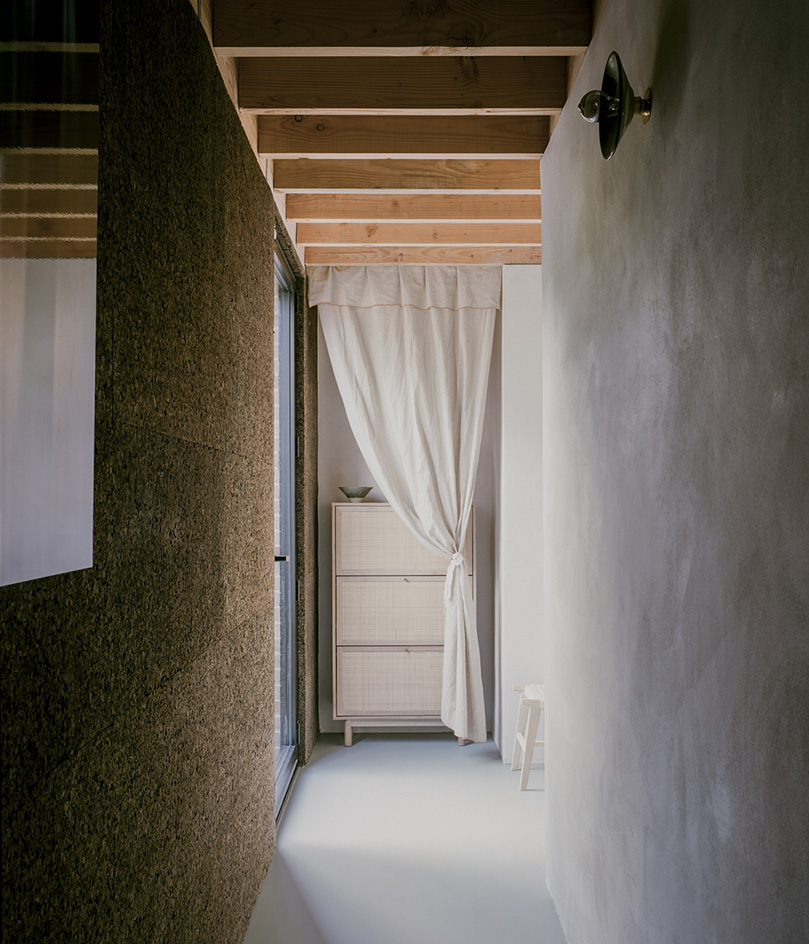
A series of openings and courtyards – internal and open air – are created through fully openable sliding doors. They connect the living and dining areas, as well as the master bedroom. Further drama is added by skylights and high-level windows.
This was not just about aesthetics, though, as the exposed cork walls add extra insulation, and the courtyards create shade, making for great cross-ventilation that ensures the home is energy efficient and remains warm in the winter and cool in the summer months.
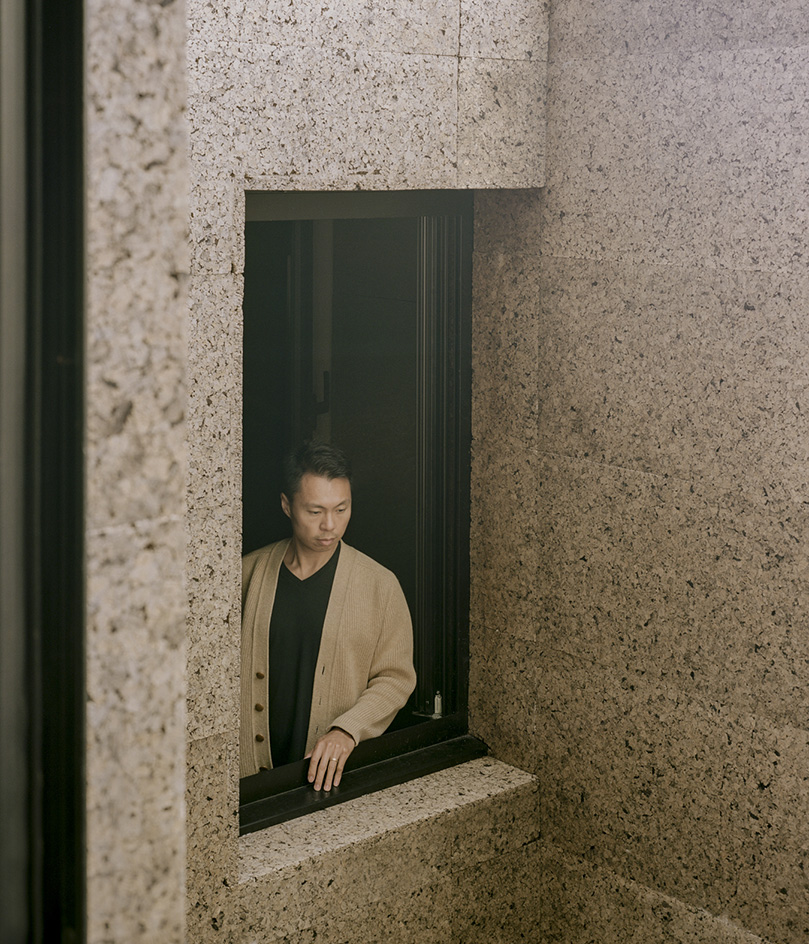
Polysmiths is the young studio set up by Hong Kong-born Wu in 2017. It works on sensitive, sustainability-led architecture projects, as well as products, tapping into Wu’s expertise in ceramics, producing tableware, lighting, and luxury candles, for hospitality brands including Ottolenghi and Gail’s.
Cork House, however, is a key project for the practice – not least because it is Wu’s own home. It becomes an example of considered urban living that eschews the cookie-cutter approach and prioritises inventiveness and imagination – all while creating a warm London home. ‘The cork walls give off a wonderful woody scent that reminds me I am home,’ says the architect.
Receive our daily digest of inspiration, escapism and design stories from around the world direct to your inbox.



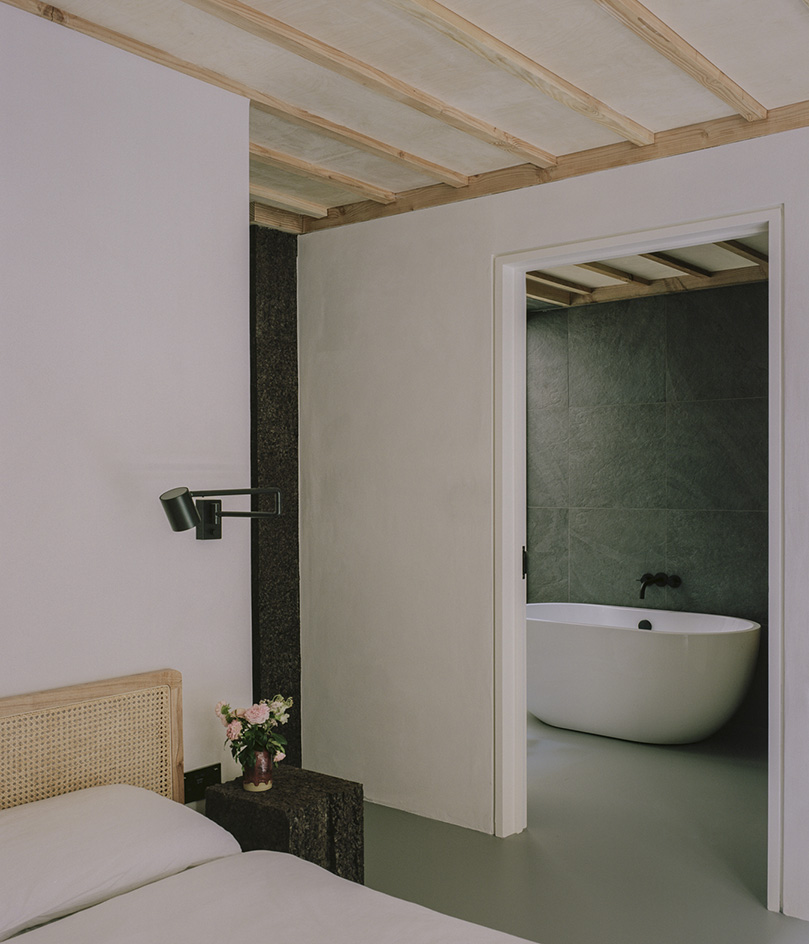
Ellie Stathaki is the Architecture & Environment Director at Wallpaper*. She trained as an architect at the Aristotle University of Thessaloniki in Greece and studied architectural history at the Bartlett in London. Now an established journalist, she has been a member of the Wallpaper* team since 2006, visiting buildings across the globe and interviewing leading architects such as Tadao Ando and Rem Koolhaas. Ellie has also taken part in judging panels, moderated events, curated shows and contributed in books, such as The Contemporary House (Thames & Hudson, 2018), Glenn Sestig Architecture Diary (2020) and House London (2022).
-
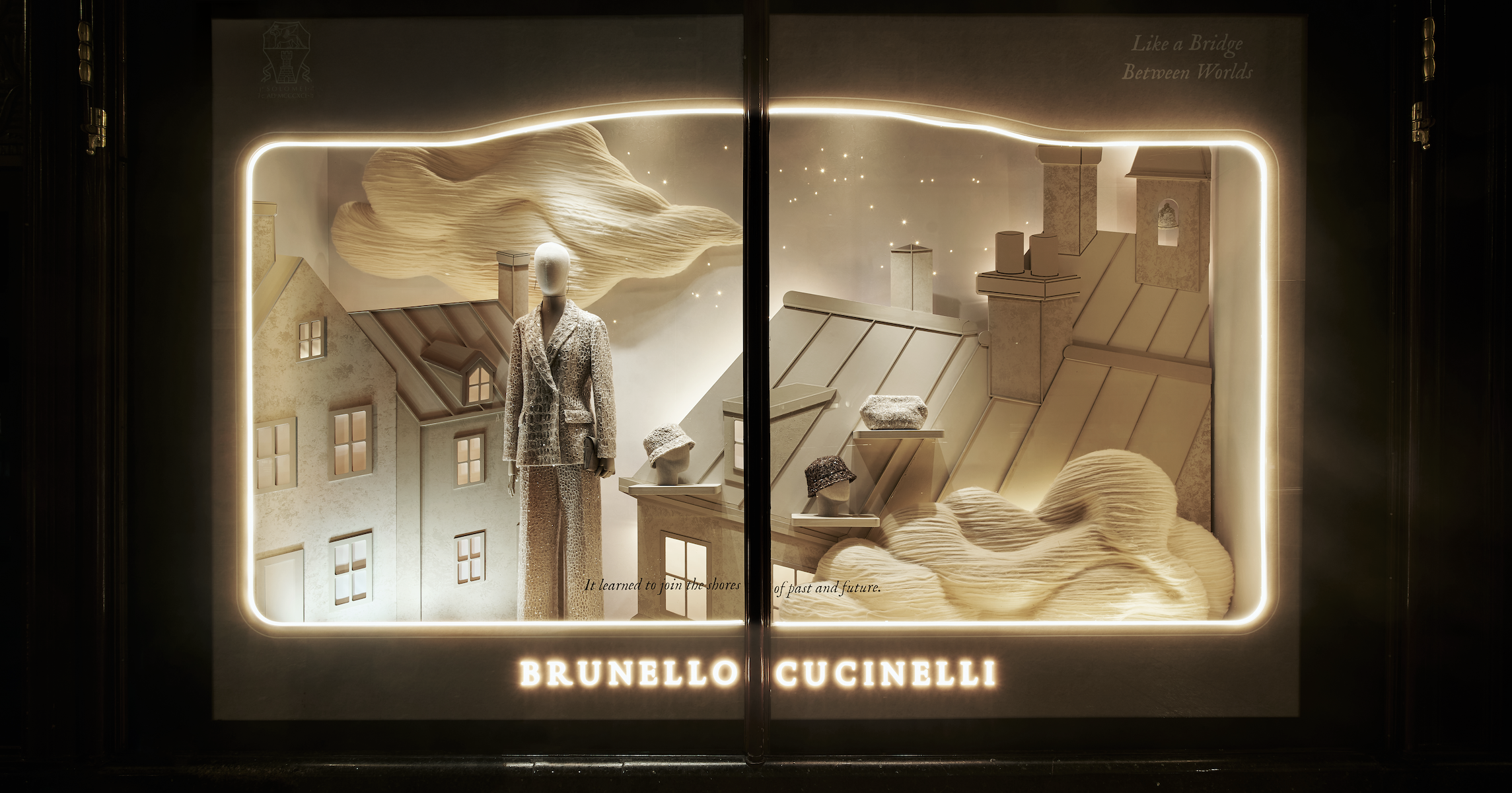 Brunello Cucinelli’s festive takeover of Harrods turns the department store into a cashmere wonderland
Brunello Cucinelli’s festive takeover of Harrods turns the department store into a cashmere wonderlandUnveiled this morning, the Umbrian fashion house has taken over the store’s iconic Brompton Road windows, celebrating the spirit of its home town of Solomeo in fantastical fashion
-
 Each mundane object tells a story at Pace’s tribute to the everyday
Each mundane object tells a story at Pace’s tribute to the everydayIn a group exhibition, ‘Monument to the Unimportant’, artists give the seemingly insignificant – from discarded clothes to weeds in cracks – a longer look
-
 Discover The Legacy, Hong Kong’s eye-catching new condo
Discover The Legacy, Hong Kong’s eye-catching new condoThe Legacy, by ACPV Architects Antonio Citterio Patricia Viel, is a striking new condo tower that aims to ‘create a sense of community and solidarity among people’
-
 The Architecture Edit: Wallpaper’s houses of the month
The Architecture Edit: Wallpaper’s houses of the monthFrom wineries-turned-music studios to fire-resistant holiday homes, these are the properties that have most impressed the Wallpaper* editors this month
-
 A refreshed 1950s apartment in East London allows for moments of discovery
A refreshed 1950s apartment in East London allows for moments of discoveryWith this 1950s apartment redesign, London-based architects Studio Naama wanted to create a residence which reflects the fun and individual nature of the clients
-
 In this Cotswolds home, drama meets minimalism
In this Cotswolds home, drama meets minimalismCotswolds home Hiaven house, with interiors designed by McLaren Excell, is a perfect blend of contemporary chic and calm, countryside drama
-
 David Kohn’s first book, ‘Stages’, is unpredictable, experimental and informative
David Kohn’s first book, ‘Stages’, is unpredictable, experimental and informativeThe first book on David Kohn Architects focuses on the work of the award-winning London-based practice; ‘Stages’ is an innovative monograph in 12 parts
-
 Find solace in the forest at this expansive treehouse retreat in Dorset
Find solace in the forest at this expansive treehouse retreat in DorsetFor sale for the first time, a treehouse, Mallinson’s Woodland Retreat, is a tribute to the skill of designer and master craftsman Guy Mallinson
-
 Modernist Scotland explores the country’s impressive legacy of contemporary architecture
Modernist Scotland explores the country’s impressive legacy of contemporary architectureA new book, Modernist Scotland, delves into the art and ambitions of the International Style in post-war Scotland, presenting 150 projects that typify an age of optimism and innovation.
-
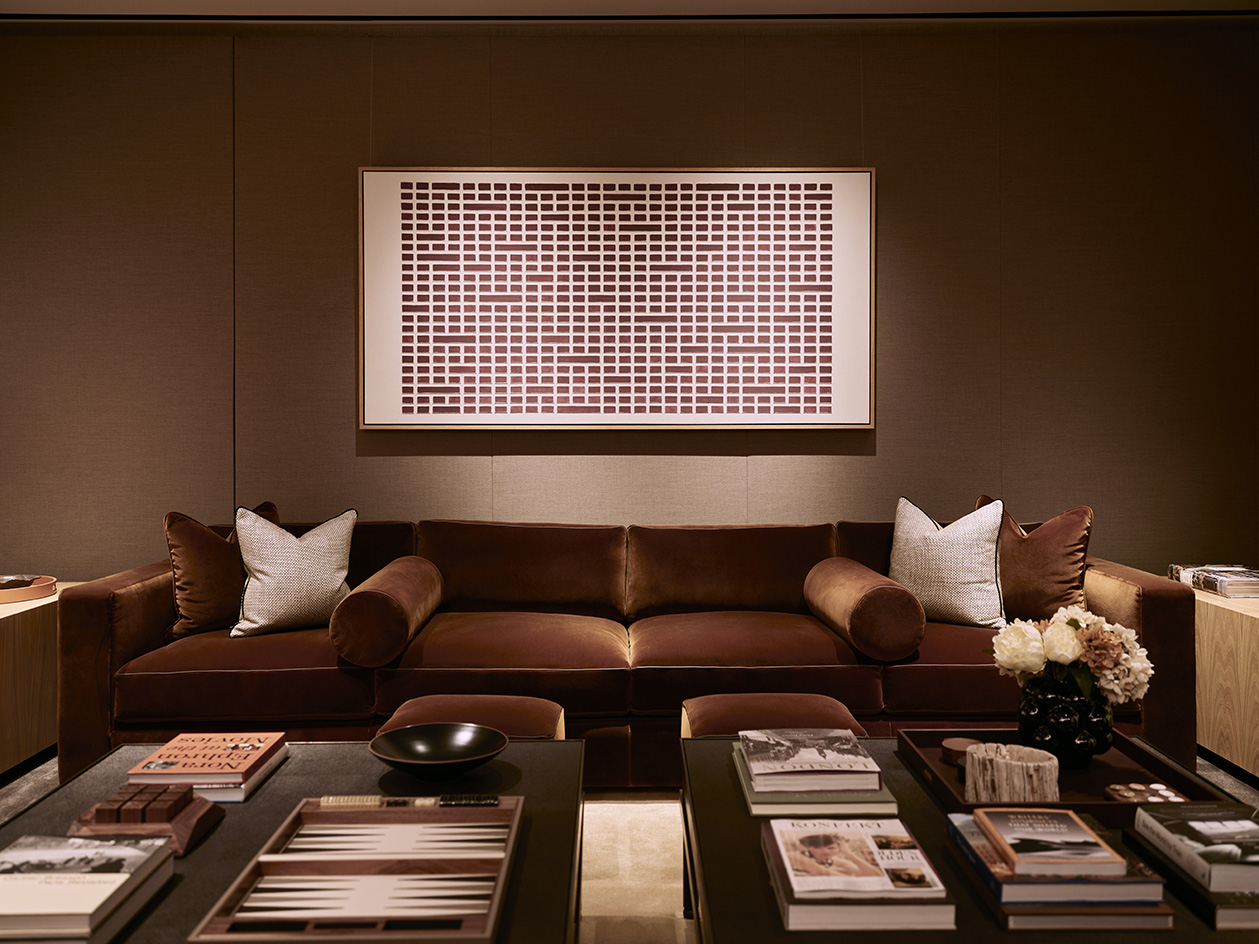 100 George Street is the new kid on the block in fashionable Marylebone
100 George Street is the new kid on the block in fashionable MaryleboneLondon's newest luxury apartment building brings together a sensitive exterior and thoughtful, 21st-century interiors
-
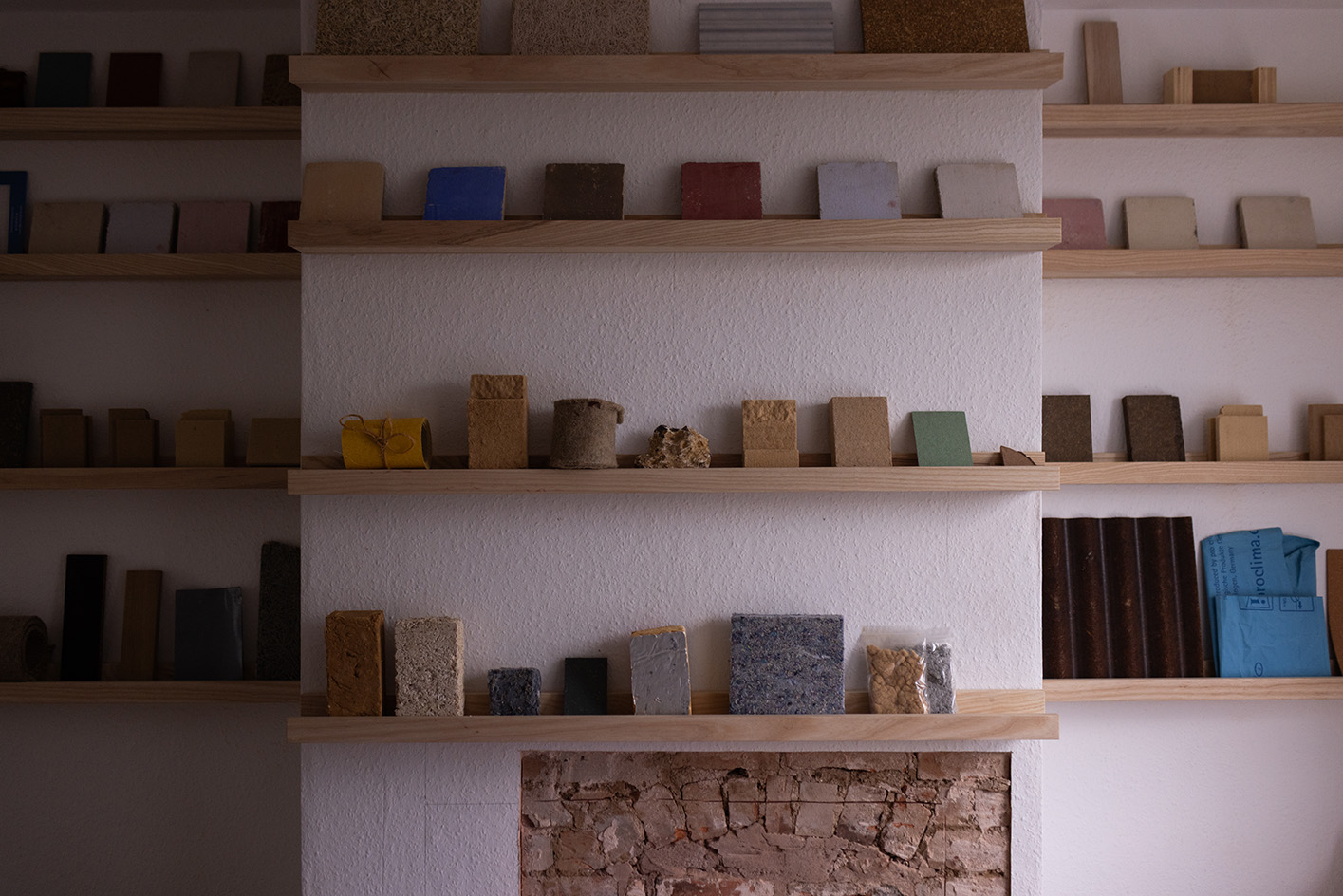 Take a tour of Retrofit House, the live showcase inspiring sustainable homebuilding
Take a tour of Retrofit House, the live showcase inspiring sustainable homebuildingRetrofit House, a showcase for residential redesign using biomaterials and environmentally smart methods, opens in Birmingham, UK, spearheaded by Civic Square, Dark Matter Labs and Material Cultures; we paid it a visit